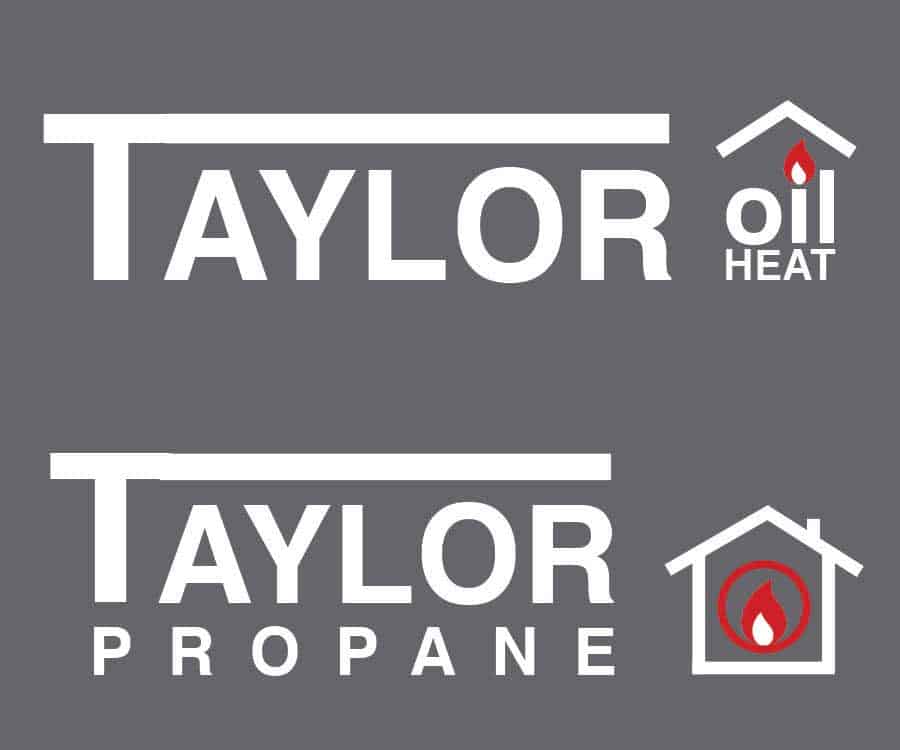Real Estate

Tear Downs, Demolition Real Estate
Recently it seems like houses, modest and grand, have been disappearing. Here one day and gone the next, including one of Main Street’s mystery houses. For our environmental issue, this article explores why demolition is occurring, how long it takes, and how much it costs.
It’s not worth saving
Why do owners make the decision to tear down a house or a barn or fill in a pool? Sometimes it is the careful calculation of the cost to repair and renovate versus building new. The structure might just be in the wrong place, like a flood zone, dangerously close to an intersection, or too far from the water. It could be too small, too big, too old, too expensive to maintain, or it just doesn’t fit with the imagined lifestyle of a new owner. Typically, homeowners make this decision with their architect. For years Jennifer Dowley, a longtime resident of the Town of North East, had been unhappy with her modest, dark, drafty cottage, which didn’t take advantage of the spectacular views on Moadock Road. It was old, in the wrong place, and had to be demolished once a modern house with large windows was constructed on the site. But it wasn’t easy.
Not so fast
There is a legal process required to demolish any structure – you can’t just bring in a wrecking ball. First it’s a good idea to notify neighboring property owners of your intention to demolish a building. Next a qualified specialist must do a hazardous materials survey of the structure. These licensed professionals are very different from generalized home inspectors and know exactly where to look for problems. Was the house built before 1974? Are there pipes in the basement wrapped in asbestos? Is there lead paint chipping off on the windowsills? What mastic was used to glue down the floor tiles? Is there radon?
If hazardous substances are found, guys in the white suits, gloves, and masks will be tasked with remediating and removing materials so demolition can proceed safely. That’s when an experienced contractor/excavator with demolition experience arrives to take the structure down, put it in dumpsters, and have it hauled away.
Excavators that are qualified to take down buildings must have a demolition license in Connecticut. In order to qualify for an A permit, a potential licensee must shadow an existing registered expert for a year, watch how buildings are taken down, and then pass a stringent seven and a half hour written test. Most people don’t pass the first time. In New York, where demolition regulations are much loser, evidence of proper insurance is enough.
Demolition can be expensive
Jack Baer, the owner of UCE Construction and a Type A licensed demolition expert, estimates the cost of removing a structure based on square footage, type of construction, and accessibility. For example, a timber frame home is easier to take down than a post and beam house, which is stronger. When UCE demolished the Lakeville Journal building in order to build new space for Salisbury Bank, steel I-beams were torched so they could be cut into sections and salvaged.
Nationally, the cost of demolishing an average-sized timber frame building ranges from $12,000 to $15,000. Locally, Salisbury’s building inspector estimated that it might cost $20,000 to tear down a typical house without environmental issues, with an additional $1,000 per dumpster to take it away. But before this happens, an environmental assessment must be completed at a cost of around $1,500. If hazardous materials are found, they must be removed by specialized environmental firms. Baer has seen the cost of remediating hazardous materials exceed $80,000. Jennifer Dowley’s mitigation was a more reasonable, but still an unexpected, $12,000; however, the delay set back completion of the project several months. While waiting, Dowley made the vacant house available for training exercises by the North East Fire Department. Finally, the mitigation subcontractors from Albany arrived in hazmat suits and methodically removed asbestos materials bit by bit. Next, the excavators went to work smashing the concrete walls and floors and removing everything from the site. Porous fill was added to the site with grass seed on top. Three old trees next to the house were left untouched.
Total tear downs may be trending up
Most local building inspectors sensed that total demolitions are not becoming more frequent and said there are usually one or two a year in each town. But, James Finley, building inspector in the Town of Washington, referred to his records: In the last three years, six to seven demolition permits of various sorts have been issued annually. Since 2009, when the Town created a searchable database, 50% of permits were issued for exploratory demolition prior to renovation, 30% for removing accessory structures including swimming pools, and only 20% for complete demolition.
Nonetheless, some demolition firms are seeing an uptick in tear downs, especially on trophy properties. Baer observed, and real estate agents confirmed, that prime building sites are becoming harder to find and more expensive. This is especially true of properties with lake frontage. “They just aren’t making them anymore. All the good properties are gone,” said Baer.
Furthermore, many of these lake houses were built for seasonal occupancy and can’t easily be restored. Some are located a distance from the lake and new owners want to be closer to the water. Other owners want a contemporary statement, not a traditional, historic home. An extreme example of this phenomenon is Oracle founder Larry Ellison’s $80,000,000 purchase of a Palm Beach mansion with 540 feet of waterfront and a helipad. The existing 10,000 Tuscan-inspired house will be torn down and replaced with Ellison’s twice-the-size dream estate.
At the opposite end of the spectrum, tear downs can make economic sense for less expensive homes. Witness the activity in the Village of Millerton with the removal of a vacant trailer on a half-acre Mill Street lot that sold for $30,000 and a tear down on Highland Street.
Potential tear-down buyers should remember the complicated, time-consuming and often expensive steps involved with demolition relating to zoning, permitting, deed restrictions, historic preservation, and building codes – not to mention time and money. Baer of UCE observed that nine out of ten homeowners have not conducted a hazardous materials analysis before buying a house and can be shocked to discover that demolition is not an easy solution. •
Christine Bates is a registered real estate agent in New York and Connecticut with William Pitt Sotheby’s. She has written about real estate and business since Main Street Magazine’s first issue in 2013.






